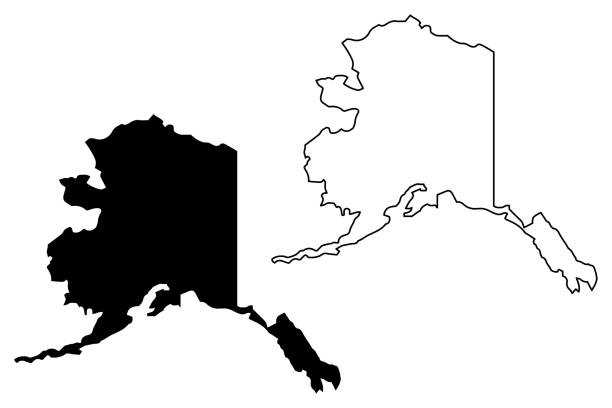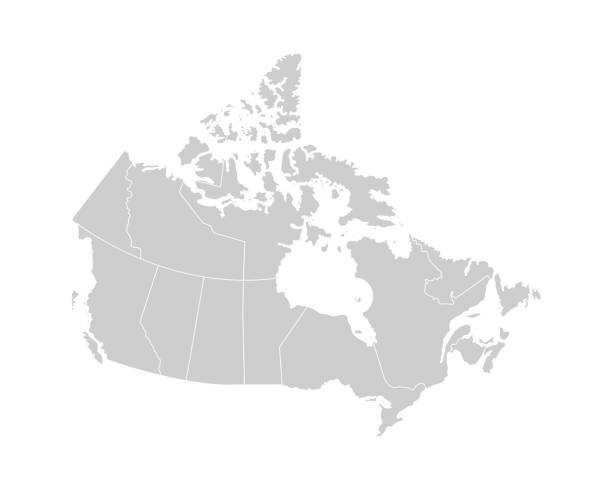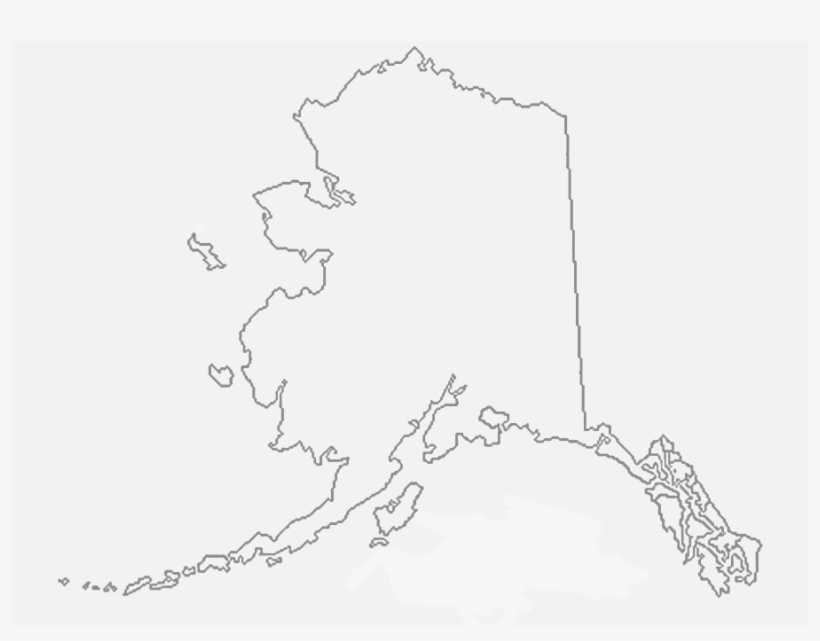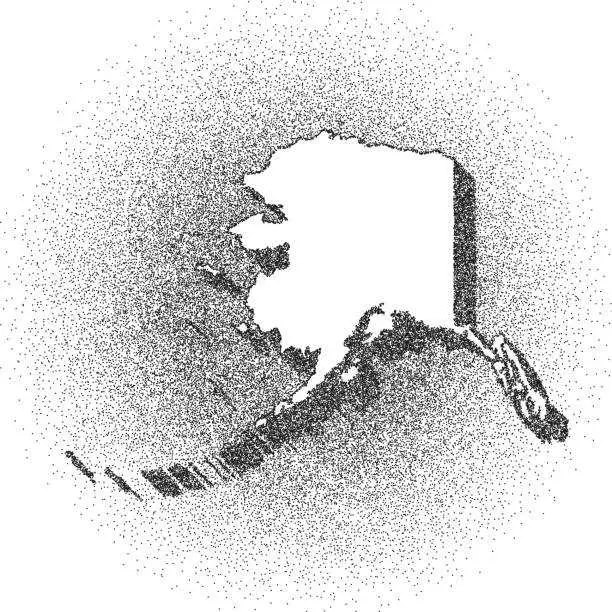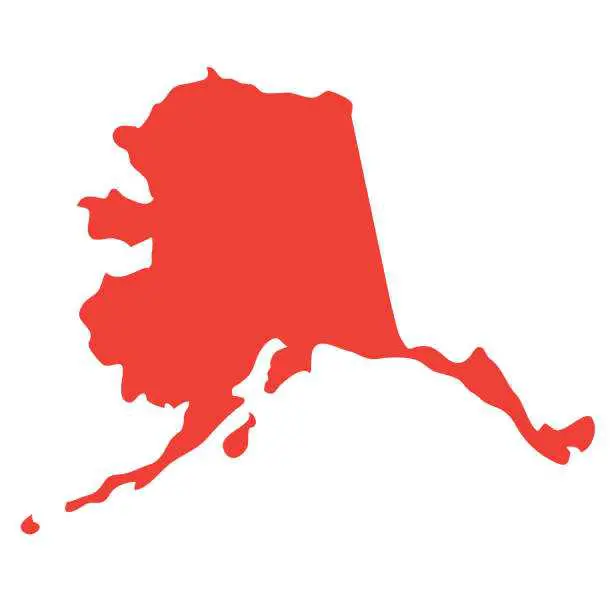Blank Map Alaska: Discover various features of Alaska with our Blank Map Alaska experience! Immerse yourself in the pristine wilderness and unlock the secrets of this captivating region. From breathtaking glaciers to majestic mountains, our interactive map invites you to explore every corner of Alaska’s uncharted landscapes. Whether you’re an adventurer, nature enthusiast, or simply curious, embark on a personalized journey that will leave you spellbound.
Blank Map Alaska
Alaska is the largest state in the United States, and it has a rich and diverse history and culture. It is also home to some of the most stunning scenery in the world, from towering mountains and glaciers to lush forests and pristine coastline.
If you are looking for a fun and educational activity for yourself or your children, consider using an Blank Map Alaska worksheet. These worksheets can used to learn about the state’s geography, history, and culture. They can also used to plan a trip to Alaska or to simply learn more about this fascinating state.
A Blank Map Alaska can utilized in various ways for educational, recreational, and planning purposes. Here are some common uses of a blank map of Alaska:
Educational Tool: A blank map of Alaska can employed as an educational resource in classrooms or homeschooling environments. Students can label and identify cities, rivers, lakes, national parks, and other geographical features of the state. It helps in developing a better understanding of Alaska’s geography and enhances geographic knowledge.
Travel Planning: For individuals planning a trip to Alaska, a Blank Map Alaska can utilized to chart routes, mark destinations, and highlight points of interest. It allows travelers to visualize their itinerary and gain a better understanding of the geographical layout of the state. By marking cities, parks, and attractions on the Blank Map Alaska, travelers can plan their journey effectively.
Navigation and Orientation: A Alaska Blank Map can serve as a navigational tool for hikers, adventurers, or explorers in remote areas. Marking trails, campsites, or landmarks on the map, helps individuals navigate through the Alaskan wilderness and stay oriented during outdoor activities.
Alaska Roads Map Blank
Alaska boasts an extensive road network that spans its vast and diverse landscapes. While Alaska is known for its rugged wilderness, several notable roads provide access to various regions and offer breathtaking scenery along the way. Here are some significant roads in Alaska:
Alaska Highway: Also known as the ALCAN Highway, the Alaska Highway starts in Dawson Creek, British Columbia, Canada, and stretches over 1,387 miles (2,232 kilometers) to Delta Junction, Alaska. This iconic route traverses the Yukon Territory, showcasing stunning mountain vistas, pristine lakes, and vast forests.
Seward Highway: Running from Anchorage to Seward, the Seward Highway is a designated National Scenic Byway. This 125-mile (201-kilometer) road winds along the Turnagain Arm, offering panoramic views of fjords, mountains, and glaciers. It provides access to popular attractions like the Chugach National Forest and Kenai Fjords National Park.
Dalton Highway: The Dalton Highway, also known as the Haul Road, is an adventurous route that stretches 414 miles (666 kilometers) from Livengood to Deadhorse. It passes through remote and wild landscapes, including the Arctic tundra and the Brooks Range. The Dalton Highway is famous for providing access to the Prudhoe Bay oil fields and is frequented by truckers and adventurers seeking a rugged journey.
These roads offer access to some of the most captivating landscapes and destinations in Alaska. Whether you’re seeking grand mountain views, encountering wildlife, exploring national parks, or immersing yourself in the state’s rich history, the roads of Alaska provide an unforgettable journey through the Last Frontier’s rugged beauty.
Alaska Map Blank Worksheet
Here are some ideas for using an Alaska map blank worksheet:
- Label the major cities and towns. Alaska has many large and small cities and towns, each with its own unique character. Use your worksheet to label the major cities, such as Anchorage, Fairbanks, and Juneau, as well as some of the smaller towns, such as Ketchikan, Seward, and Denali.
- Identify the major rivers and lakes. Alaska is home to many large and small rivers and lakes. Use your worksheet to identify the major rivers, such as the Yukon River, the Kuskokwim River, and the Copper River. You can also identify some of the major lakes, such as Lake Iliamna, Lake Clark, and Lake Becharof.
- Locate the major mountain ranges and glaciers. Alaska is home to some of the tallest mountains and largest glaciers in the world. Use your worksheet to locate the major mountain ranges, such as the Alaska Range, the Wrangell Mountains, and the Chugach Mountains. You can also locate some of the major glaciers, such as the Bering Glacier, the Malaspina Glacier, and the Hubbard Glacier.
- Trace the route of the Iditarod Trail. The Iditarod Trail is a famous dog sled race that takes place in Alaska each year. Use your worksheet to trace the route of the Iditarod Trail, which starts in Anchorage and ends in Nome.
- Mark the location of your favorite Alaska attractions. Alaska is home to many world-class attractions, such as Denali National Park, Kenai Fjords National Park, and Glacier Bay National Park. Use your worksheet to mark the location of your favorite Alaska attractions.
Rivers of Alaska Blank Map
Alaska is home to a vast network of rivers that meander through its stunning landscapes, offering incredible beauty and opportunities for adventure. Here are some notable rivers in Alaska:
Yukon River: The Yukon River is one of the longest rivers in North America, spanning approximately 1,980 miles (3,190 kilometers). It begins in Canada’s Yukon Territory and flows through Alaska, providing a lifeline for remote communities. The river is known for its scenic beauty, diverse wildlife, and historic significance during the Klondike Gold Rush.
Copper River: The Copper River is renowned for its striking turquoise waters and pristine wilderness. It originates from the Wrangell Mountains in south-central Alaska and flows into the Gulf of Alaska. The river is famous for its annual salmon runs, including the prized Copper River salmon, which attracts anglers and wildlife enthusiasts.
Kenai River: Located on the Kenai Peninsula, the Kenai River is a popular destination for fishing and outdoor recreation. It stretches approximately 82 miles (132 kilometers) and is known for its abundance of salmon, particularly the world-famous Kenai River king salmon. The scenic beauty surrounding the river adds to its allure.
Koyukuk River: The Koyukuk River is a major tributary of the Yukon River, flowing through the remote and wild interior of Alaska. It offers a pristine wilderness experience with opportunities for fishing, boating, and wildlife viewing. The river is surrounded by vast forests and is known for its peaceful and untouched atmosphere.
Lakes of Alaska Blank Map
Alaska is renowned for its abundance of lakes, ranging from small, secluded bodies of water to expansive, glacier-fed marvels. These lakes dot the Alaskan landscape, offering stunning beauty, recreational opportunities, and important ecological habitats. Here are some notable lakes in Alaska:
Lake Iliamna: As Alaska’s largest lake, Lake Iliamna spans approximately 1,014 square miles (2,623 square kilometers) in southwestern Alaska. This glacial lake is known for its picturesque setting, surrounded by snow-capped mountains. It is a popular destination for fishing, particularly for salmon and trophy-sized rainbow trout.
Lake Clark: Situated within Lake Clark National Park and Preserve, Lake Clark showcases the raw beauty of Alaska’s wilderness. This pristine lake spans around 41 square miles (106 square kilometers) and is surrounded by towering mountains, glaciers, and vibrant meadows. Visitors can enjoy fishing, boating, camping, and hiking in this remote and untouched wilderness.
Kenai Lake: Nestled in the Chugach Mountains on the Kenai Peninsula, Kenai Lake is a stunning glacial lake that stretches over 22 miles (35 kilometers). The lake’s crystal-clear waters, surrounded by lush forests, create a postcard-perfect scene. Kenai Lake offers opportunities for fishing, kayaking, canoeing, and camping, and it serves as a gateway to Kenai Fjords National Park.
Eklutna Lake: Located just north of Anchorage, Eklutna Lake is a popular recreational destination for locals and visitors alike. This scenic lake spans approximately 8 miles (13 kilometers) and is surrounded by mountains and colorful fall foliage. It offers opportunities for boating, fishing, hiking, and camping, making it a great day trip or weekend getaway from the city.
Climate of Alaska
The climate of Alaska is diverse and varies greatly across the state due to its immense size and geographic features. Alaska experiences subarctic and polar climates, with significant variations in temperature, precipitation, and daylight hours throughout the year. Here are some key features of Alaska’s climate:
Winter: Alaska’s winters are long, cold, and marked by heavy snowfall in many regions. In the interior and northern parts of the state, temperatures can plummet well below freezing, with average lows ranging from -20°F (-29°C) to -40°F (-40°C). Coastal areas experience relatively milder winters, with temperatures typically ranging from 5°F (-15°C) to 30°F (-1°C).
Summer: Summers in Alaska are short but can mild to warm, particularly in the southern coastal areas. Average high temperatures range from 60°F (15°C) to 80°F (27°C) during the summer months. However, inland and northern regions experience cooler summers, with average highs in the 50s°F (10-15°C). Some parts of Alaska, such as the Arctic region, have a brief period of continuous daylight known as the “Midnight Sun.”
Precipitation: Alaska receives varying levels of precipitation depending on the region. Coastal areas, especially the southeastern part of the state, experience high levels of rainfall due to the influence of moist air masses from the Pacific Ocean. In contrast, interior and northern Alaska receive less precipitation, with areas such as the Arctic tundra being relatively dry.
Temperature of Alaska
Alaska’s temperatures vary widely across its vast expanse, with significant differences between different regions and seasons. Here’s an overview of the temperature ranges you can expect in Alaska:
Winter Temperatures. During the winter months, Alaska experiences cold temperatures, especially in the interior and northern parts of the state. In these areas, average low temperatures range from -20°F (-29°C) to -40°F (-40°C). The coldest temperature ever recorded in Alaska was -80°F (-62°C) in Prospect Creek Camp.
Summer Temperatures. Summers in Alaska can mild to warm, particularly in the southern coastal regions. Average high temperatures during the summer months range from 60°F (15°C) to 80°F (27°C) in most parts of the state. However, areas farther north and inland, such as the Arctic and interior regions, have cooler summers, with average highs in the 50s°F (10-15°C) or lower.
Coastal Effects. Alaska’s extensive coastline influences its temperature patterns. Coastal areas experience relatively milder temperatures compared to inland regions. The ocean’s moderating influence keeps coastal temperatures more moderate throughout the year.
Arctic Region. The northernmost parts of Alaska, including the Arctic region, have the coldest temperatures in the state. Winters in the Arctic can exceptionally harsh, with average temperatures well below freezing. In some areas, winter temperatures can hover around -30°F (-34°C) or lower.
Blank Map of Alaska Worksheet
Once you have completed your worksheet, you can use it to create a fun and educational activity for yourself or your children. For example, you could have a quiz to see who can correctly identify the most cities, rivers, lakes, mountains, glaciers, or attractions. You could also use your worksheet to plan a trip to Alaska, marking the places you want to visit and the things you want to do.
No matter how you choose to use it, an Alaska map blank worksheet is a great way to learn more about this fascinating state.
In conclusion, a Blank Map Alaska serves as a versatile tool with a multitude of uses. From educational purposes to travel planning, and artistic projects to navigation, it provides a canvas for exploration, learning, and creativity. Whether it’s understanding Alaska’s geography, charting travel routes, or expressing artistic interpretations, a blank map of Alaska becomes a valuable resource that fosters knowledge, inspiration, and a deeper connection to the remarkable landscapes of the Last Frontier.
